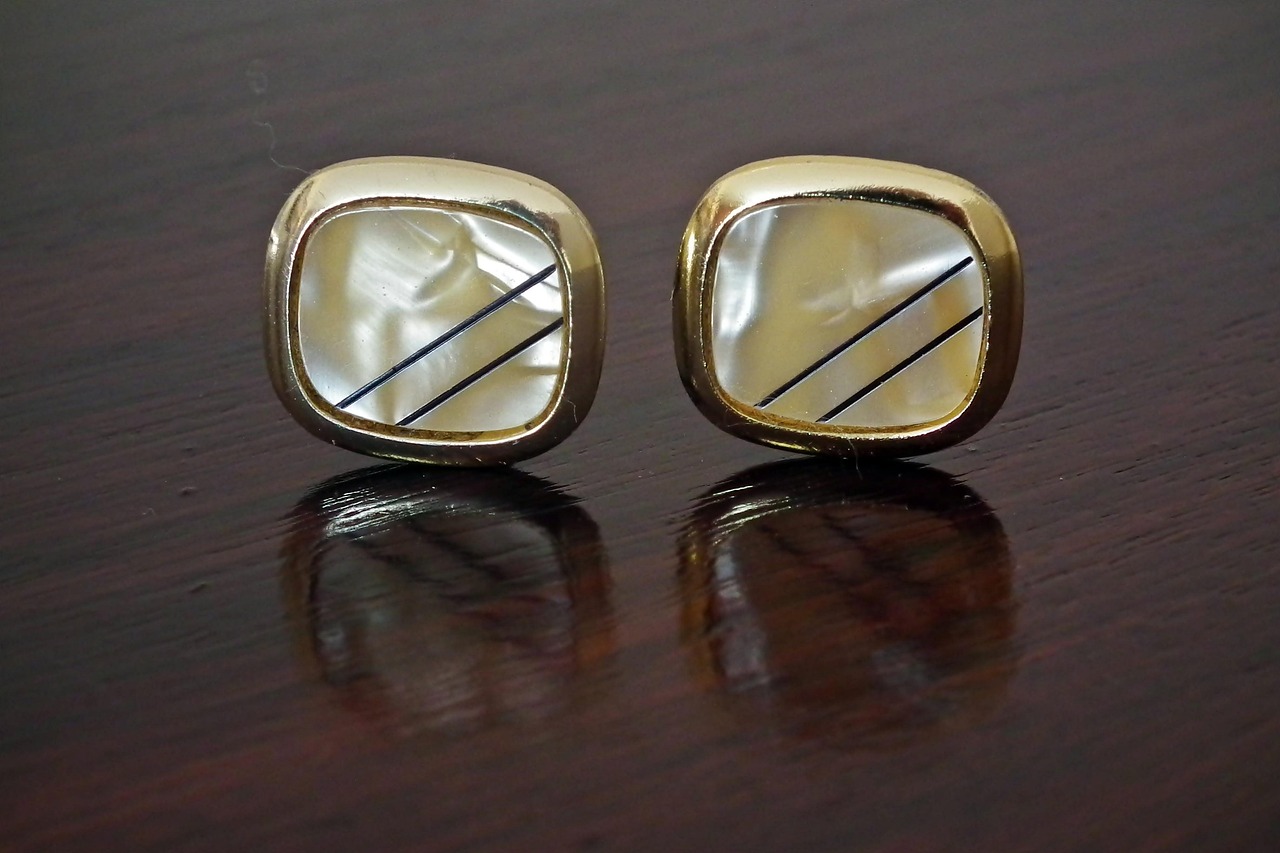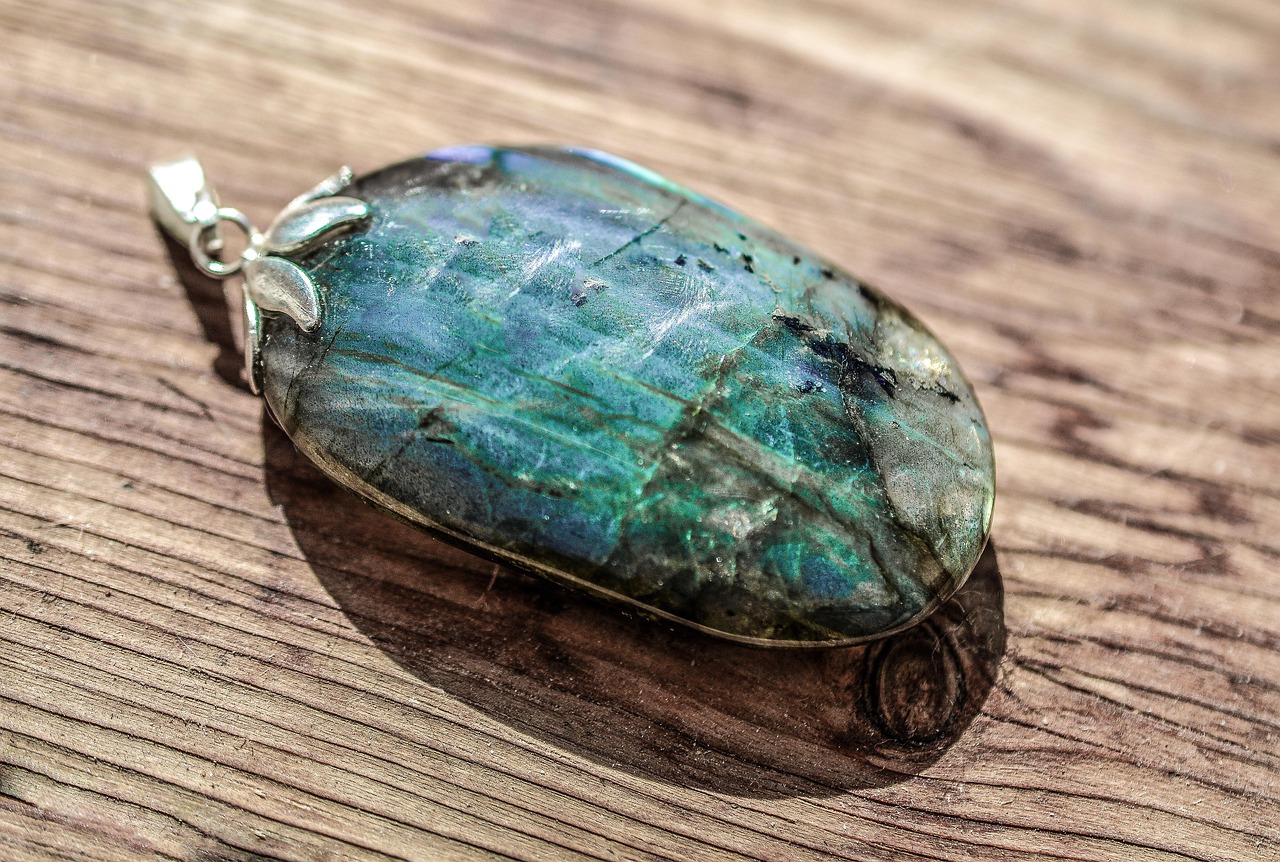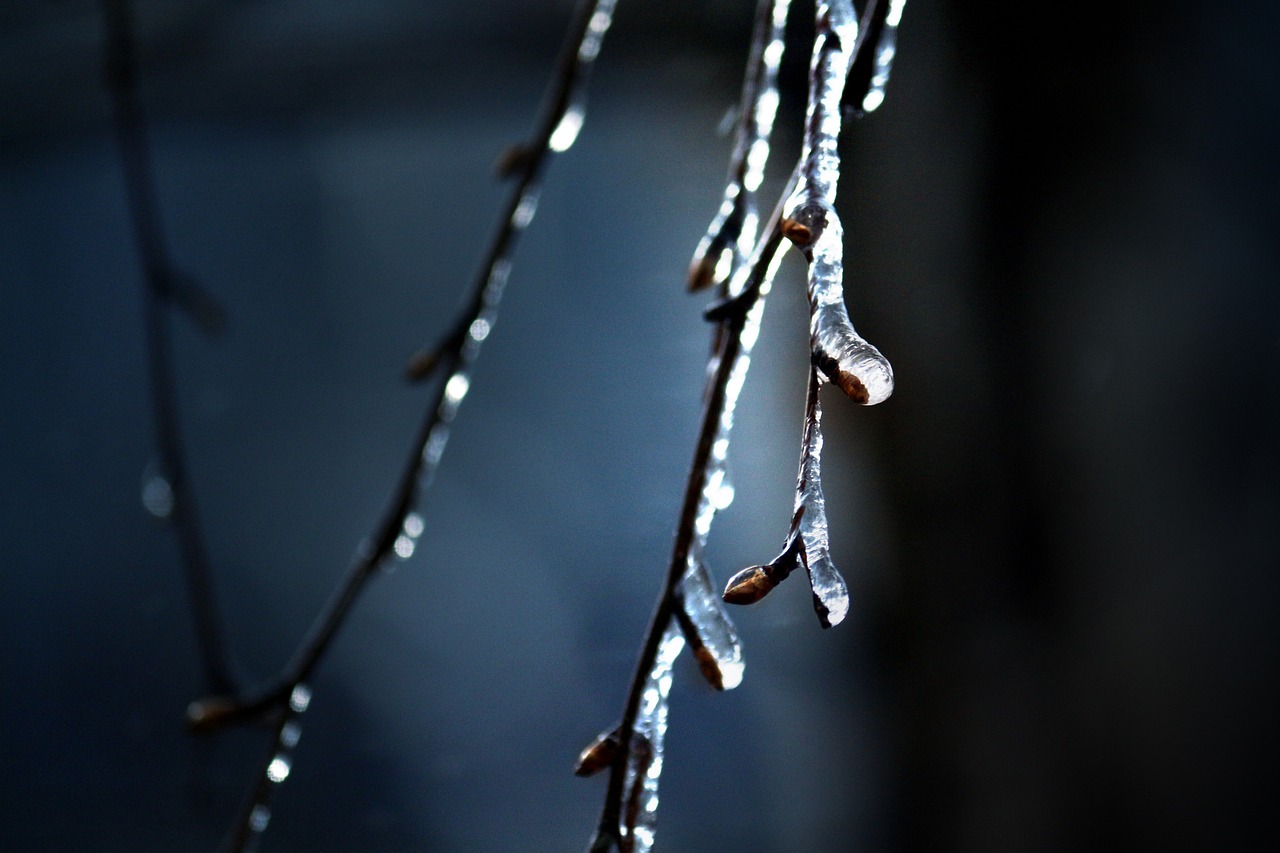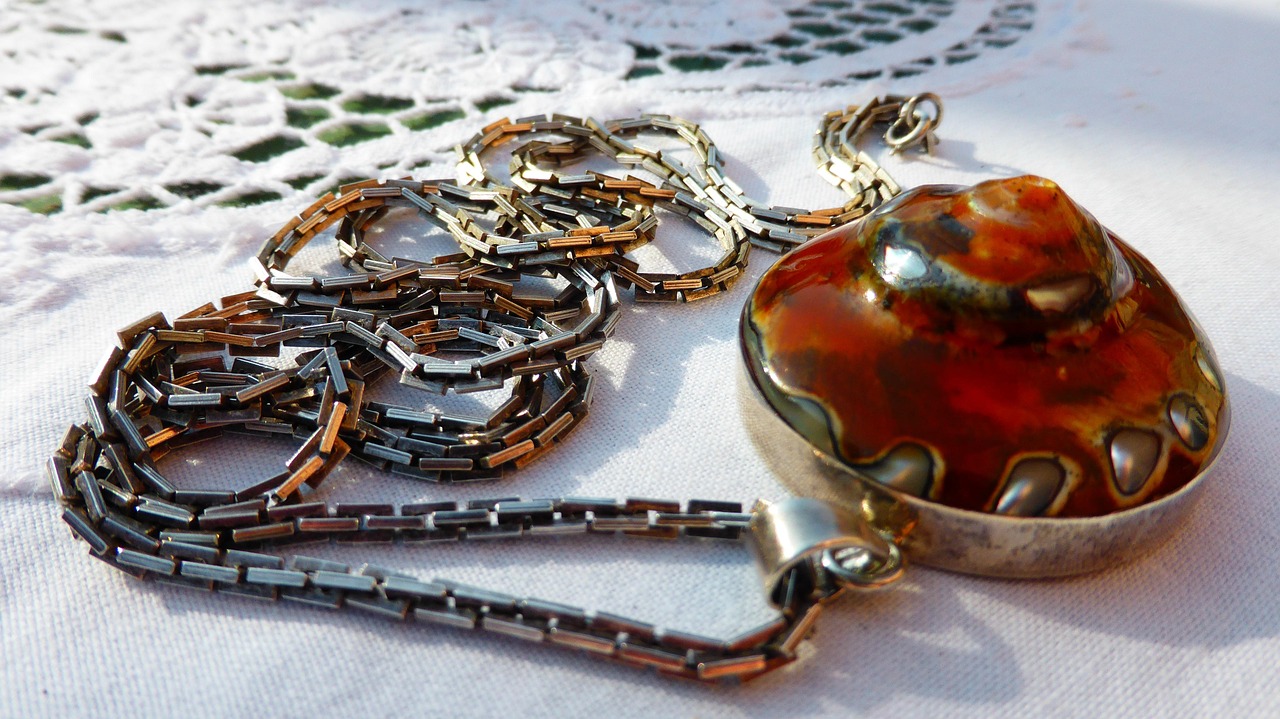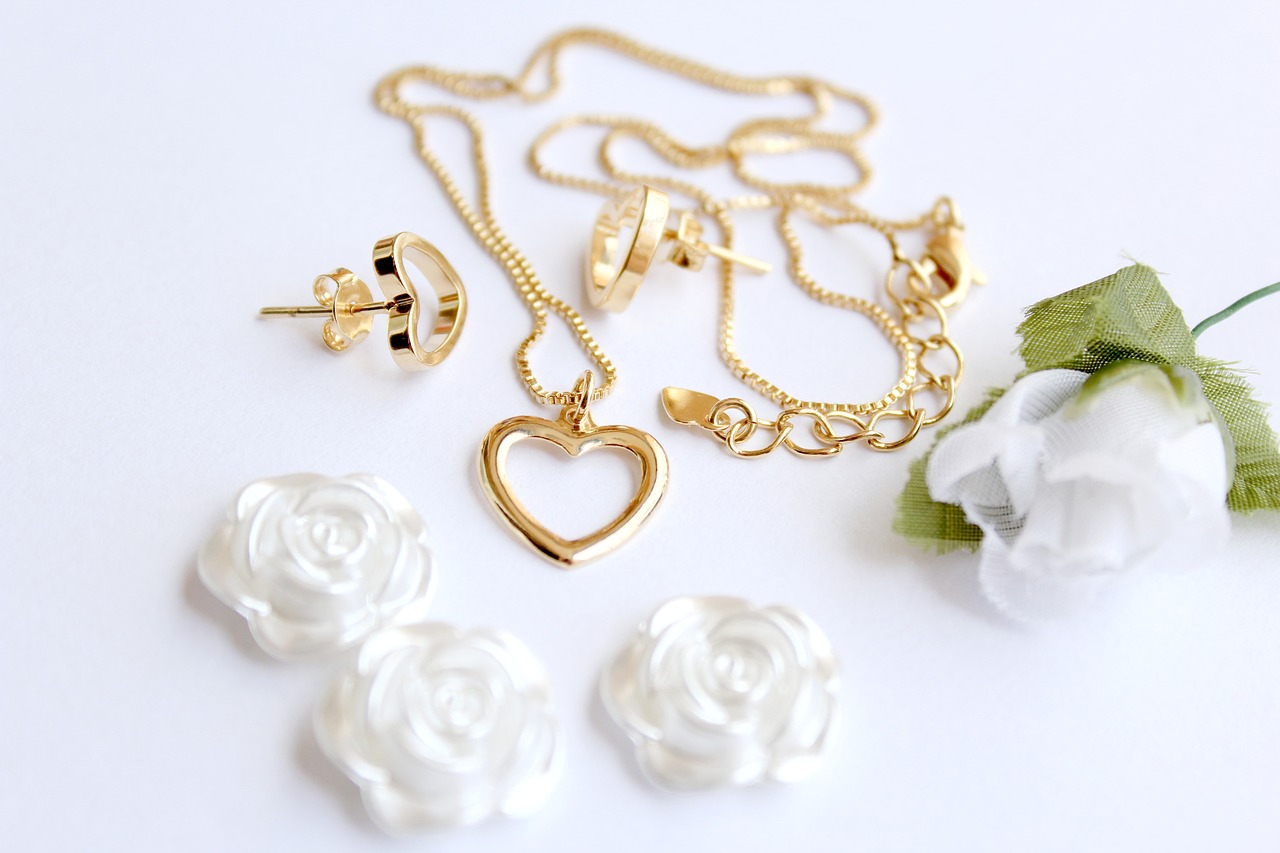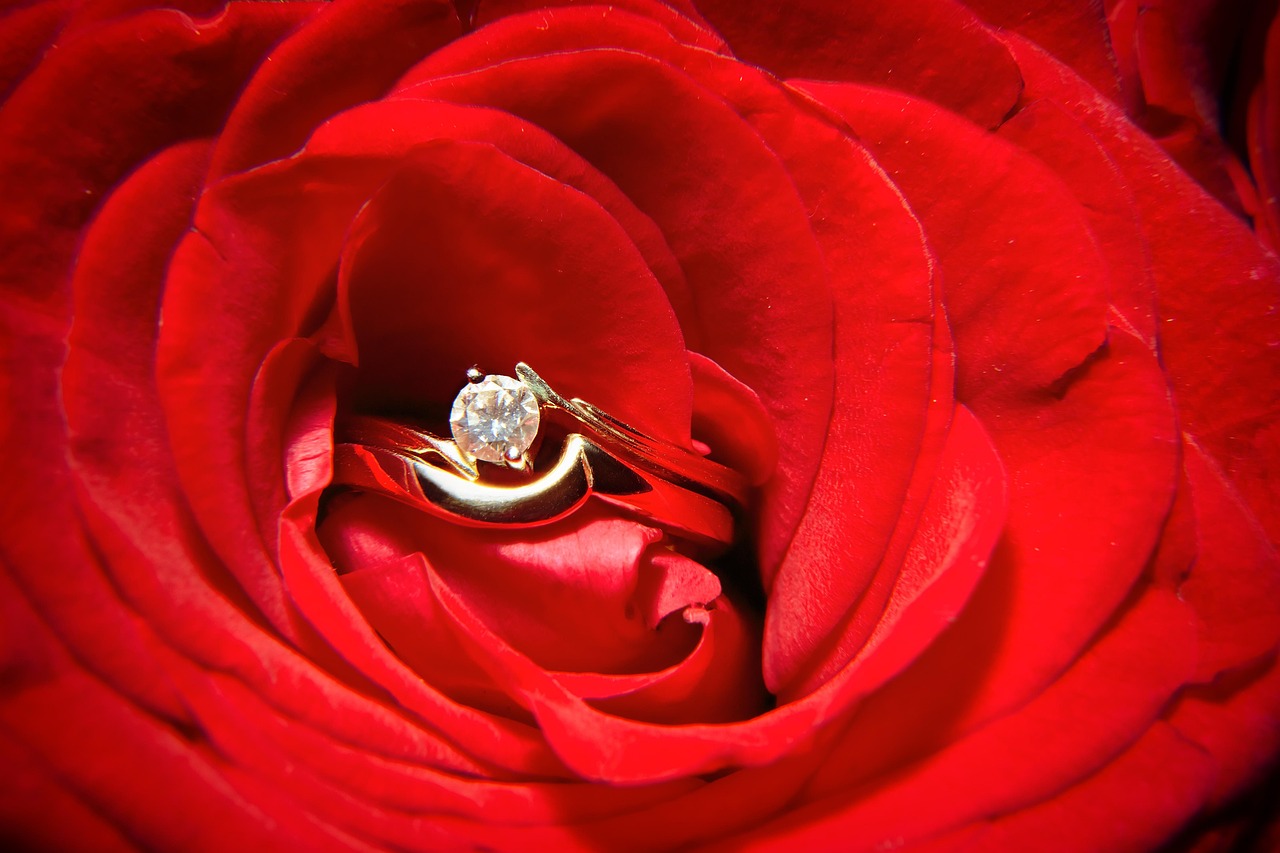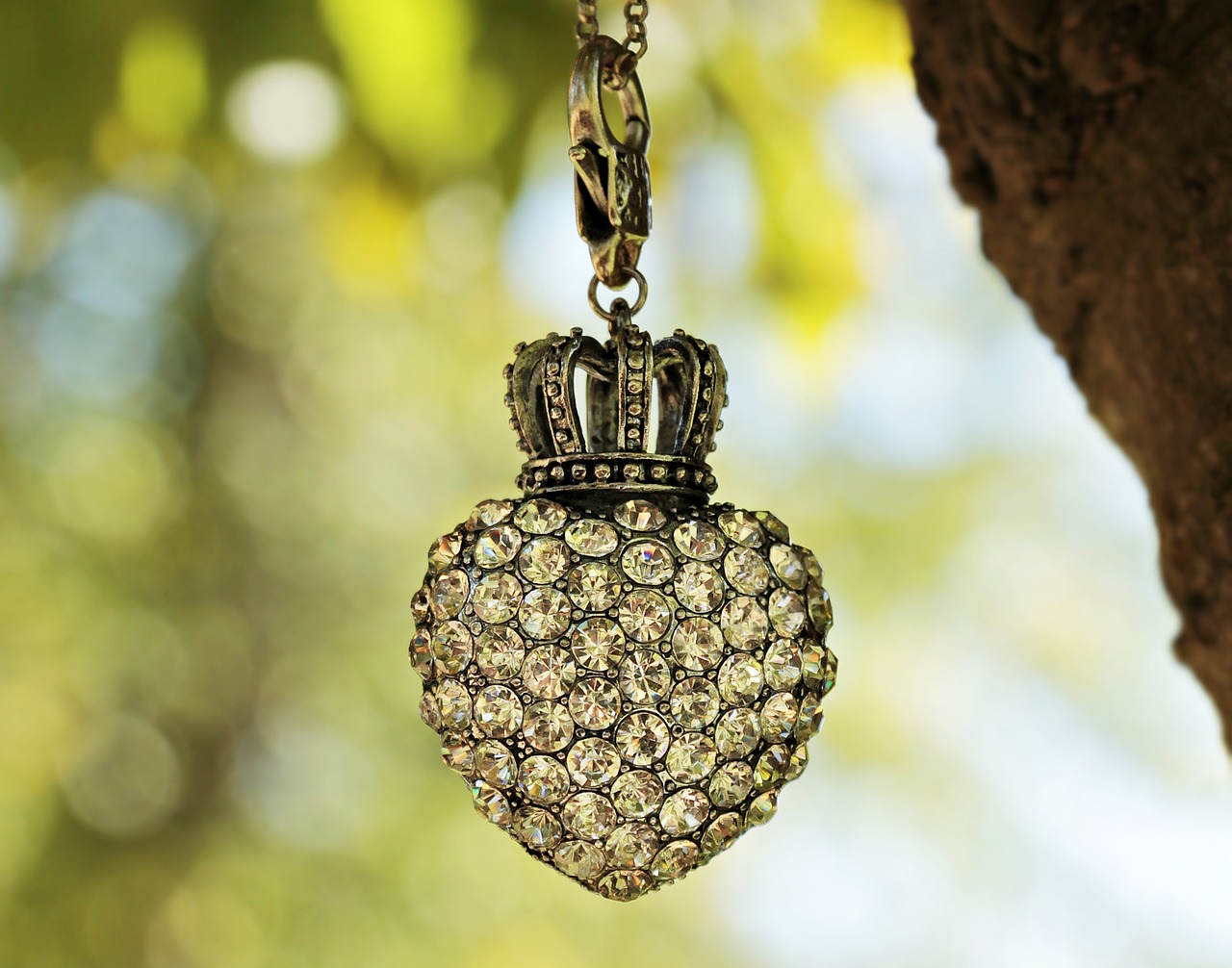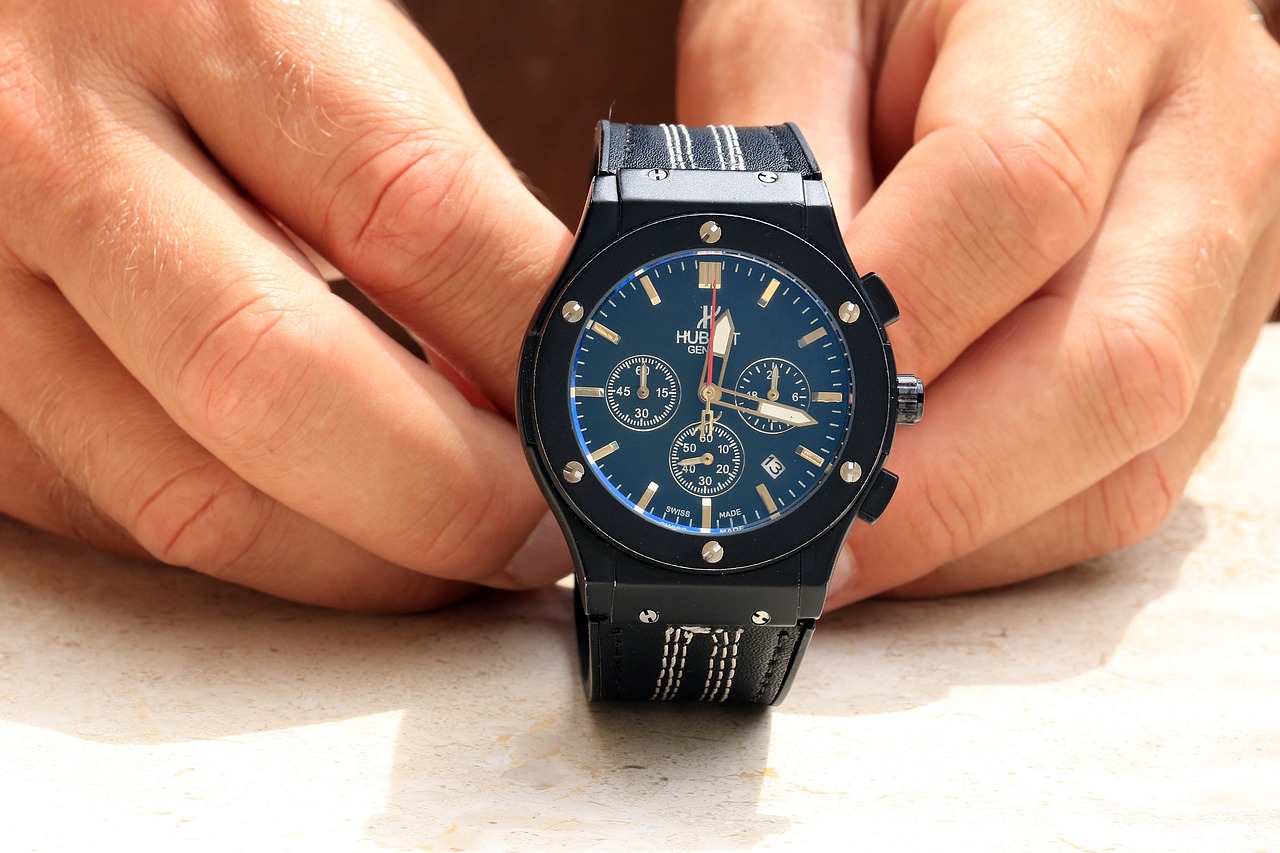This article explores effective strategies for storing jewelry to preserve its beauty and investment value. Learn about proper techniques, materials, and environmental considerations for optimal care.
Why is Proper Jewelry Storage Important?
Understanding the significance of proper storage is essential for preventing damage and maintaining the value of your jewelry. Jewelry is not just an accessory; it often represents significant financial and sentimental value. Factors such as humidity, temperature, and light exposure can greatly affect the longevity of your pieces. For instance, high humidity can lead to tarnishing, while excessive light can cause fading.
What are the Best Storage Solutions for Jewelry?
There are various storage options available, each with its unique advantages. Below are some of the most effective solutions for keeping your jewelry safe, organized, and in pristine condition:
- Jewelry Boxes: A classic choice that offers an elegant way to store your pieces.
- Drawer Organizers: Ideal for those who prefer to keep their jewelry out of sight but easily accessible.
- Travel Cases: Perfect for keeping your jewelry secure while on the go.
Jewelry Boxes: A Classic Choice
Jewelry boxes provide a traditional and elegant way to store your pieces. When choosing a jewelry box, consider the following:
- Choosing the Right Material: The material of your jewelry box can impact preservation. Look for boxes lined with soft fabrics to prevent scratching and made of materials that resist tarnishing.
- Organizational Features to Consider: Compartments and dividers can help keep your jewelry organized. Look for boxes with multiple sections to store different types of jewelry separately.
Using Anti-Tarnish Solutions
To maintain the shine of silver and other metals, using anti-tarnish solutions is crucial. These products can be placed in your jewelry box or used as cloths for regular cleaning. Make sure to follow the manufacturer’s instructions for the best results.
How to Store Different Types of Jewelry?
Different types of jewelry require specific storage methods:
- Storing Necklaces and Chains: To prevent tangling, consider using hooks or separate compartments. This will help you avoid knots and potential damage.
- Safeguarding Rings and Earrings: Store rings in individual slots or padded sections to prevent scratching. Earrings can be kept in a dedicated section or a small organizer to avoid loss.
What Environmental Factors Affect Jewelry Storage?
Environmental conditions significantly impact jewelry preservation. Humidity can cause metals to tarnish, while extreme temperatures can weaken settings. Additionally, direct sunlight can fade gemstones and damage materials. Aim to store your jewelry in a cool, dry place away from light exposure.
How to Maintain Jewelry After Storage?
Proper maintenance is just as important as storage. Regularly clean your jewelry with appropriate solutions and inspect it for any signs of wear or damage. This proactive approach will ensure that your pieces remain in excellent condition.
When to Seek Professional Help for Jewelry Care?
Understanding when to consult a professional can save you from costly repairs. If you notice any signs of damage, such as loose stones or worn settings, consider seeking expert attention to preserve your investment.
What Are Common Mistakes in Jewelry Storage?
Avoiding common pitfalls can greatly enhance the longevity of your jewelry. Frequent mistakes include:
- Storing different types of jewelry together, leading to scratches.
- Ignoring environmental factors that can cause damage.
- Neglecting regular maintenance and cleaning.
By following these guidelines, you can ensure your jewelry remains beautiful and retains its value for years to come.
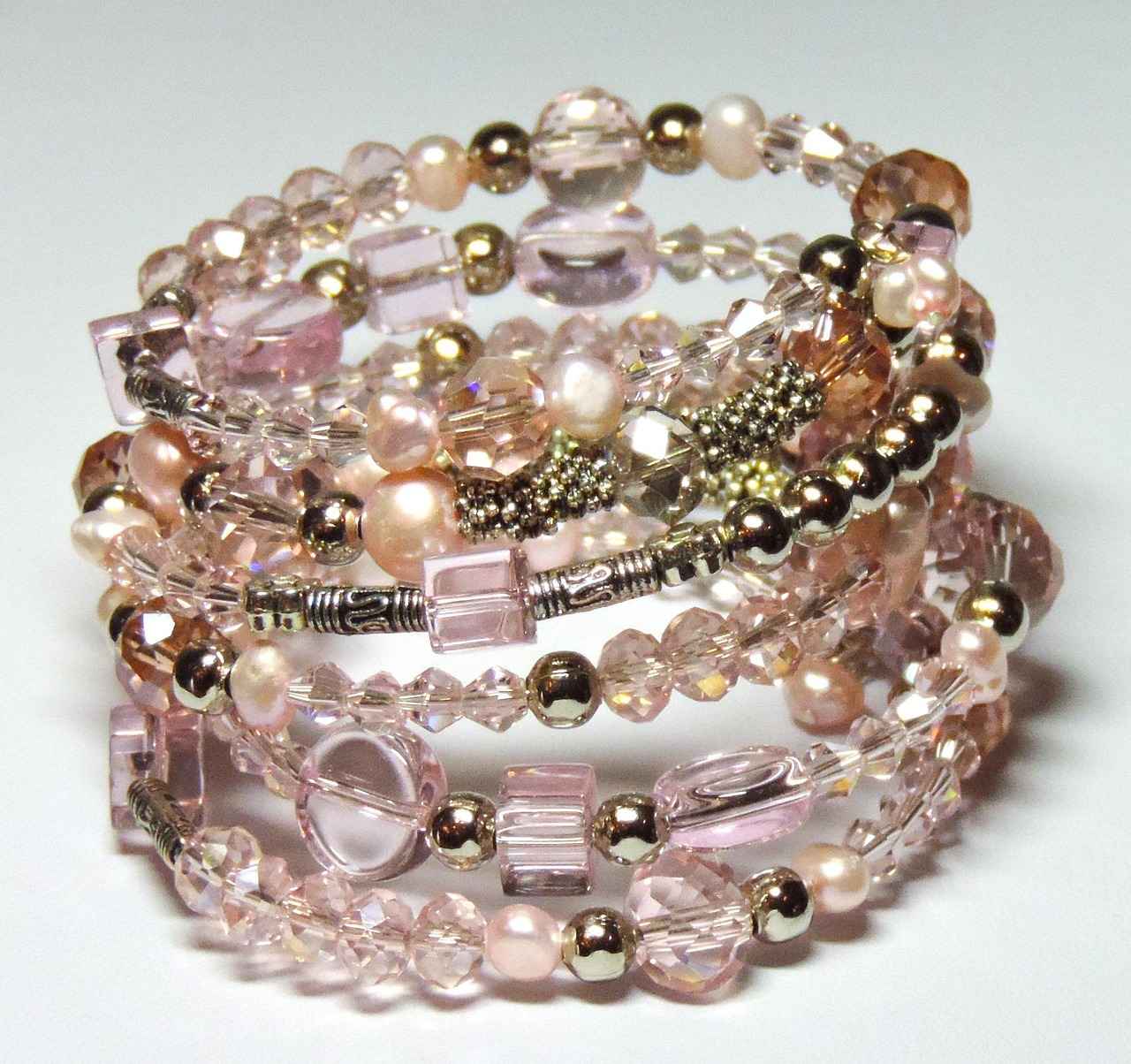
Why is Proper Jewelry Storage Important?
Proper jewelry storage is essential for anyone who values their collection, whether for sentimental reasons or as an investment. Understanding the significance of proper storage can help prevent damage and maintain the value of your jewelry. This section discusses the factors that affect jewelry longevity and investment potential.
Jewelry is not just an accessory; it is often a significant financial investment. Over time, exposure to environmental elements can lead to wear and tear, diminishing both its aesthetic appeal and value. Therefore, effective storage solutions are crucial for protecting your pieces from potential damage.
- Environmental Factors: Humidity, temperature, and light exposure can all affect the integrity of your jewelry. High humidity can lead to tarnishing, especially in silver and other reactive metals. Conversely, dry conditions can cause certain materials to crack or become brittle.
- Physical Damage: Jewelry can easily scratch, tangle, or become misshapen if not stored properly. Rings may get scratched by other jewelry, while necklaces can tangle, leading to frustration and potential damage.
- Investment Value: Jewelry often appreciates over time, making it essential to maintain its condition. Proper storage helps preserve the original quality, ensuring that your investment retains its value.
When jewelry is stored haphazardly, it can lead to significant costs in repairs or even loss of pieces. For example, a simple scratch on a diamond ring can affect its brilliance and overall appearance. Therefore, understanding the nuances of jewelry care is vital for any collector or enthusiast.
Moreover, the emotional value of jewelry often surpasses its monetary worth. Many pieces are heirlooms or gifts, making their preservation even more important. By investing time and resources into proper storage, you can ensure that your jewelry remains as beautiful and meaningful as the day you received it.
In summary, proper jewelry storage is a fundamental aspect of maintaining both the beauty and investment value of your collection. By being mindful of environmental factors, avoiding physical damage, and recognizing the importance of your pieces, you can significantly extend their longevity. This proactive approach not only protects your investment but also allows you to enjoy your jewelry for years to come.
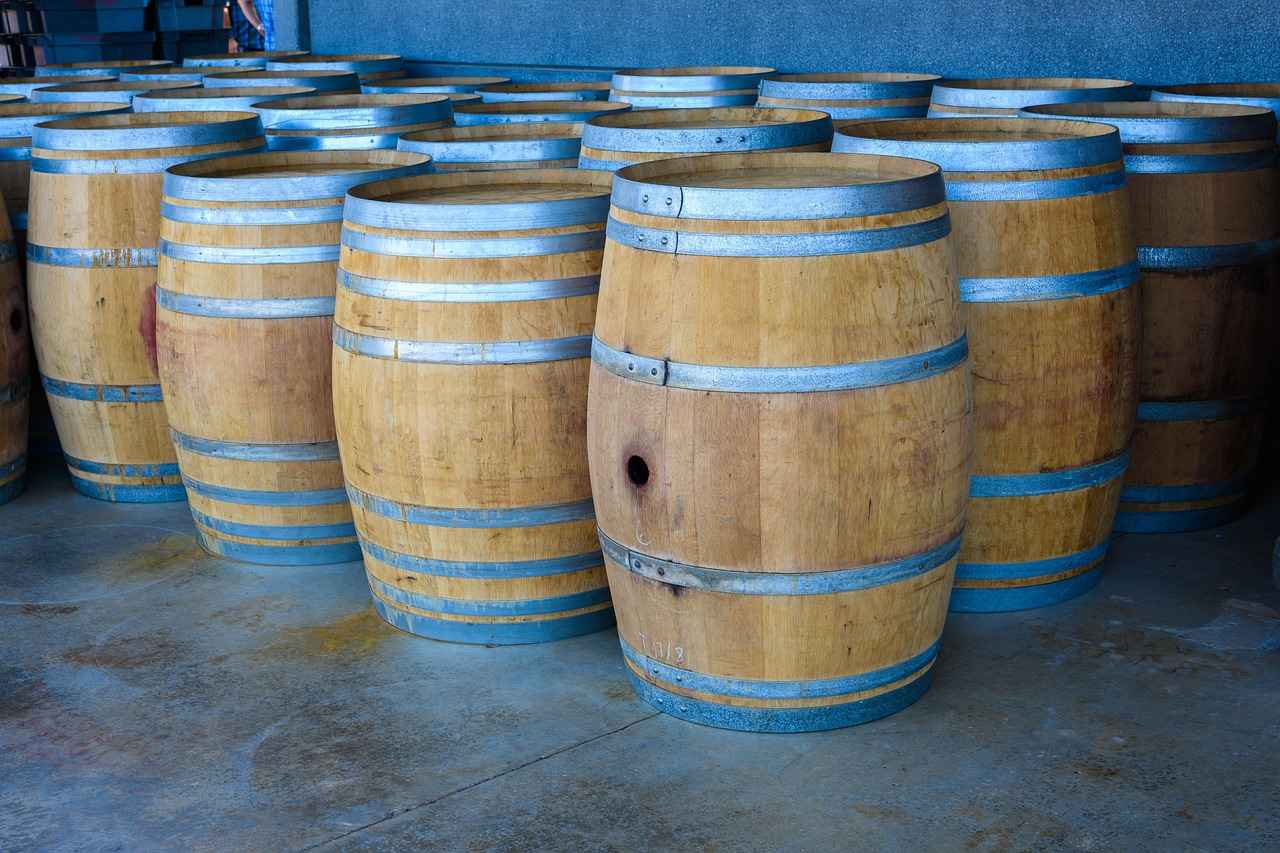
What are the Best Storage Solutions for Jewelry?
When it comes to preserving the beauty and value of your jewelry, proper storage solutions are essential. Jewelry can be a significant investment, and ensuring it is kept safe and organized not only enhances its longevity but also maintains its aesthetic appeal. In this section, we will explore the best storage options available, highlighting effective methods to keep your treasured pieces in pristine condition.
Choosing the right storage solution can make a significant difference in how well your jewelry is protected. Here are some of the most effective options:
- Jewelry Boxes: A classic choice, jewelry boxes come in various designs and sizes. Look for boxes that feature multiple compartments to keep pieces separated and prevent tangling. Opt for boxes lined with soft fabric to avoid scratching delicate surfaces.
- Drawer Organizers: If you prefer to store your jewelry in a drawer, consider using drawer organizers. These can help keep your pieces neatly arranged and prevent them from getting tangled or damaged.
- Anti-Tarnish Pouches: For silver and other metals prone to tarnishing, anti-tarnish pouches can be a great solution. These pouches are designed to absorb moisture and prevent tarnish, ensuring your jewelry remains shiny and new.
- Wall-Mounted Displays: For those who want to showcase their jewelry, wall-mounted displays can be both functional and decorative. These displays allow you to easily access your pieces while keeping them organized and visible.
- Travel Cases: If you frequently travel with jewelry, investing in a travel case is wise. Look for cases that have secure compartments and padding to protect your items during transit.
Each of these storage solutions offers unique benefits, and the best choice will depend on your specific needs and the types of jewelry you own. It’s important to consider factors such as material, size, and organization features when selecting a storage option.
Effective organization is crucial in jewelry storage. When pieces are stored in an organized manner, it not only prevents damage but also makes it easier to find what you need. Consider using small trays or dividers within your storage solution to keep similar items together. For instance, store earrings in one compartment, rings in another, and necklaces in a separate area. This way, you can quickly access your jewelry without rummaging through a tangled mess.
Beyond just the storage solution itself, environmental factors play a significant role in jewelry preservation. Humidity, temperature, and light exposure can all affect your jewelry’s condition. Aim to store your jewelry in a cool, dry place away from direct sunlight. This will help prevent tarnishing and fading. Additionally, consider using silica gel packets in your storage area to absorb excess moisture.
By selecting the right storage solution and maintaining an organized environment, you can ensure that your jewelry remains safe, organized, and in excellent condition for years to come.
Jewelry Boxes: A Classic Choice
Jewelry boxes are not just storage solutions; they embody a sense of tradition and elegance that resonates with jewelry enthusiasts. These boxes serve as a protective haven for your precious pieces, ensuring they remain in pristine condition while also enhancing the aesthetic appeal of your collection.
Jewelry boxes provide a dedicated space for organizing and safeguarding your valuables. Unlike other storage methods, they offer a combination of style and functionality, making them a popular choice for both casual wearers and serious collectors. Their design often includes compartments and soft linings that prevent scratches and tangling, which are common issues when jewelry is stored carelessly.
- Wooden Jewelry Boxes: Timeless and sturdy, wooden boxes often feature intricate designs and can be lined with velvet or silk for added protection.
- Travel Jewelry Cases: Perfect for those on the go, these compact cases often include secure compartments to keep items from shifting during travel.
- Display Boxes: Ideal for showcasing your collection, these boxes often feature glass tops and compartments that allow you to admire your jewelry while keeping it safe.
When selecting a jewelry box, consider the following features that enhance both protection and organization:
- Compartments: Look for boxes with multiple compartments to separate different types of jewelry, such as rings, necklaces, and bracelets.
- Soft Linings: Interior linings made of fabric or velvet can prevent scratches and keep your jewelry looking new.
- Locking Mechanism: For added security, some jewelry boxes come with locks, providing peace of mind for valuable pieces.
The material of your jewelry box can significantly impact the longevity of your jewelry. Wood is durable and aesthetically pleasing, while leather offers a luxurious feel. Additionally, some boxes are made from plastic or metal, which can be lightweight and easy to clean, but may not provide the same level of protection against tarnishing.
To ensure your jewelry box continues to serve its purpose effectively, regular maintenance is key. Keep the box clean by dusting it regularly and checking for any signs of wear or damage. If your box has a locking mechanism, ensure it functions properly to keep your jewelry secure.
In summary, jewelry boxes are a classic choice that combines elegance with practicality. By understanding the different types of boxes available and their features, you can select the perfect storage solution to protect your cherished jewelry while also enhancing its beauty.
Choosing the Right Material
When it comes to storing your precious jewelry, the material of the jewelry box plays a crucial role in ensuring the longevity and preservation of your pieces. Selecting the right materials can significantly reduce the risk of tarnishing and scratching, which are common concerns for jewelry owners. This guide will delve into the best materials for jewelry boxes that offer optimal protection and care for your valuable items.
Choosing the right material for your jewelry box is essential for maintaining the beauty and integrity of your jewelry. Here are some of the most effective materials:
- Wood: Solid wood jewelry boxes, especially those made from mahogany or cherry, are popular for their durability and aesthetic appeal. They provide a stable environment that minimizes exposure to moisture and air, which can lead to tarnishing.
- Leather: Leather-lined boxes not only look elegant but also offer a soft surface that prevents scratches. However, ensure that the leather is treated to prevent moisture absorption.
- Metal: While metal boxes can be stylish, they may not be the best choice for all jewelry types. Look for boxes made from stainless steel or aluminum that have anti-tarnish properties.
- Plastic: High-quality plastic boxes can be lightweight and affordable. Choose those that are specifically designed for jewelry storage and are lined with anti-tarnish materials.
The material of your jewelry box directly impacts the preservation of your jewelry. For instance, certain metals can react with the air and moisture, leading to tarnishing. On the other hand, materials like wood and leather can absorb moisture, which might not be ideal for long-term storage.
To further enhance the protective qualities of your jewelry box, consider the following:
- Anti-Tarnish Linings: Look for boxes that come with anti-tarnish linings, such as silicone or special cloths designed to absorb moisture.
- Humidity Control: Adding silica gel packets can help control humidity levels inside the box, providing an extra layer of protection.
- Sealing: Ensure that your jewelry box has a secure closure to minimize exposure to air and dust.
When selecting a jewelry box, consider features that enhance both organization and protection:
- Compartments: Look for boxes with multiple compartments to keep different types of jewelry separate, preventing scratches and tangles.
- Soft Linings: Interior linings made from materials like velvet or satin can cushion your jewelry and prevent scratches.
- Size: Ensure the box is appropriately sized for your collection, allowing for growth without overcrowding.
In summary, the material of your jewelry box is a significant factor in preserving the beauty and value of your jewelry. By choosing the right materials and features, you can protect your pieces from tarnishing and scratching, ensuring they remain in excellent condition for years to come.
Organizational Features to Consider
When it comes to storing jewelry, organization is key. Properly organizing your jewelry not only keeps it looking beautiful but also helps to maintain its investment value. One of the most effective ways to achieve this is by considering various organizational features that enhance protection and accessibility. Below are essential features to look for in jewelry storage solutions.
- Compartments: Look for jewelry boxes or organizers that come with multiple compartments. These sections are crucial for separating different types of jewelry, preventing tangling and scratching. For instance, a box with dedicated slots for rings, necklaces, and earrings will keep your pieces safe and easy to find.
- Soft Linings: The interior lining of a jewelry box can significantly impact the preservation of your items. Soft, plush materials such as velvet or felt are ideal as they provide a gentle cushion, reducing the risk of scratches and damage. This feature is especially important for delicate pieces.
- Removable Trays: Jewelry boxes with removable trays offer added flexibility. You can easily access your jewelry without having to dig through a cluttered box. This feature allows you to organize your pieces by type or occasion, making it easier to choose what to wear.
- Clear Lids: Consider storage solutions with transparent lids. These allow you to view your collection without opening the box, saving time and minimizing the risk of damage. Being able to see your jewelry at a glance can also inspire you to wear different pieces more often.
- Stackable Designs: If you have a growing collection, stackable jewelry boxes can be a space-saving solution. They allow you to maximize vertical space while keeping your jewelry organized. Just ensure that each box has secure closures to prevent accidental spills.
- Travel Cases: For those who frequently travel, investing in a travel case with built-in compartments is essential. These cases are designed to keep your jewelry secure and organized while on the go, protecting your investment from damage during transit.
When selecting a jewelry storage solution, remember that the right organizational features can significantly enhance the longevity of your pieces. By investing in quality storage options that include compartments, soft linings, and other protective elements, you can ensure that your jewelry remains in pristine condition and retains its value over time.
In addition to these features, always consider the environmental factors that can affect your jewelry. Proper storage in a controlled environment, free from excessive humidity and light exposure, will further safeguard your treasured pieces. Remember, taking the time to organize and protect your jewelry is an investment in its future.
Using Anti-Tarnish Solutions
Maintaining the brilliance of your jewelry, especially pieces made from silver and other metals, is essential for both aesthetic appeal and investment value. Anti-tarnish solutions play a crucial role in this maintenance, helping to keep your jewelry looking new and shiny for years to come. In this section, we will explore how to effectively utilize these products to extend the life of your precious items.
Anti-tarnish solutions are specially formulated products designed to prevent the formation of tarnish on metal surfaces. Tarnish is a chemical reaction that occurs when metals like silver are exposed to air, moisture, and other environmental factors. This reaction can lead to unsightly discoloration, dullness, and even corrosion over time.
These solutions typically contain specific compounds that create a protective barrier on the surface of the metal. This barrier inhibits the oxidation process that leads to tarnishing. Some solutions also include anti-tarnish cloths that are infused with these protective agents, making it easy to wipe down your jewelry regularly.
- Regular Application: To achieve the best results, apply the anti-tarnish solution regularly, especially if you wear your jewelry frequently.
- Clean Before Application: Ensure that your jewelry is clean before applying any anti-tarnish product. Dirt and oils can hinder the effectiveness of the solution.
- Follow Instructions: Always read and follow the manufacturer’s instructions on the product label for optimal results.
After treating your jewelry with an anti-tarnish solution, it is crucial to store it properly. Use a soft-lined jewelry box or pouches that are specifically designed to minimize tarnishing. Additionally, consider using silica gel packets to absorb moisture in the storage area.
- Avoid Harsh Chemicals: Do not use abrasive cleaners or harsh chemicals alongside anti-tarnish solutions, as they can damage the protective layer.
- Keep Away from Humidity: High humidity can negate the benefits of anti-tarnish solutions. Store your jewelry in a cool, dry place.
In conclusion, incorporating anti-tarnish solutions into your jewelry care routine is essential for preserving the beauty and longevity of your pieces. By following the best practices outlined above, you can effectively maintain the shine of your silver and other metal jewelry, ensuring that it remains a cherished part of your collection for years to come.

How to Store Different Types of Jewelry?
When it comes to jewelry, proper storage is crucial for maintaining its beauty and ensuring its longevity. Different types of jewelry have unique characteristics and, as such, require specific storage methods to prevent damage. This section outlines the best practices for storing rings, necklaces, bracelets, and earrings.
Rings, especially those with gemstones, need careful storage to avoid scratches and damage. Here are some tips:
- Use a Ring Box: Store rings in a dedicated ring box with individual slots to prevent them from touching one another.
- Avoid Stacking: Never stack rings on top of each other as this can lead to scratches and damage.
- Keep Away from Moisture: Ensure that the storage area is dry, as moisture can lead to tarnishing.
Necklaces can easily tangle, which can lead to breakage. To store them properly:
- Hang Them: Use a necklace organizer or hooks to hang necklaces separately, preventing them from tangling.
- Use Soft Pouches: For delicate chains, consider using soft pouches to protect them from scratches.
- Keep in a Dark Place: Store necklaces away from direct sunlight to prevent fading of any colored stones.
Bracelets, especially those with clasps, require special attention:
- Use a Bracelet Holder: Consider a bracelet holder or tray that allows them to lay flat without bending.
- Store in a Lined Box: A jewelry box with a soft lining can prevent scratches and maintain the bracelet’s shine.
- Separate by Material: Store bracelets made from different materials separately to avoid reactions that might cause tarnishing.
Earrings can easily get lost or tangled. Here are some effective storage methods:
- Use an Earring Organizer: Consider an organizer with slots or hooks designed specifically for earrings.
- Keep Pairs Together: Store earrings in pairs to avoid losing one of each set.
- Consider Anti-Tarnish Options: Use anti-tarnish pouches or cloths to keep metal earrings looking new.
In summary, understanding how to store different types of jewelry is essential for preserving their beauty and value. By following these best practices, you can ensure that your precious pieces remain in excellent condition for years to come. Remember, the right storage solutions not only protect your jewelry but also enhance your overall collection experience.
Storing Necklaces and Chains
is essential for maintaining their beauty and preventing damage. These delicate pieces are prone to tangling, which can lead to knots that are difficult to untangle and may even cause breakage. To ensure your necklaces and chains remain in pristine condition, consider the following practical techniques for effective storage.
- Use Individual Pouches: Storing each necklace in its own soft pouch can significantly reduce the risk of tangling. Look for pouches made of materials like velvet or silk, which are gentle on the metal and gemstones.
- Hang Them Up: A hanging jewelry organizer or a simple wall-mounted hook can be an excellent solution for necklaces and chains. This method keeps them separated and visible, making it easy to choose your accessories without disturbing others.
- Utilize a Jewelry Tree: A jewelry tree is a stylish way to display and store your necklaces. The branches allow for easy access and help to prevent knots, while also adding an aesthetic touch to your decor.
- Store in a Drawer with Dividers: If you prefer to keep your jewelry out of sight, consider a drawer with dividers. This method allows you to lay necklaces flat, preventing them from tangling with each other.
- Use Straws for Long Chains: For long chains, a simple yet effective trick is to thread the chain through a straw. This keeps the chain straight and prevents it from getting tangled with other pieces.
- Keep Away from Humidity: Humidity can cause necklaces to tarnish and degrade. Store your jewelry in a cool, dry place, and consider using silica gel packets in your storage area to absorb excess moisture.
Why is Proper Storage Crucial? Proper storage not only keeps your necklaces and chains tangle-free but also protects them from scratches and environmental damage. Exposure to air, light, and moisture can lead to tarnishing, especially for silver and gold-plated items. By implementing these storage techniques, you can maintain the quality and investment value of your jewelry.
Consideration of Materials: When choosing storage solutions, consider the materials of your necklaces. For instance, beaded or gemstone necklaces may require different care than delicate chains. Always opt for storage solutions that are gentle and non-abrasive to the jewelry.
Regular Maintenance: In addition to proper storage, regular maintenance is essential. Clean your necklaces periodically using a soft cloth to remove any oils or dirt that may accumulate. This practice not only keeps them looking beautiful but also prolongs their lifespan.
By following these techniques, you can ensure that your necklaces and chains remain beautiful, untangled, and ready to wear whenever you desire. Investing in proper storage solutions is a small effort that can lead to significant benefits in preserving your jewelry collection.
Safeguarding Rings and Earrings
When it comes to jewelry, rings and earrings require special attention during storage. Their unique shapes and materials can make them susceptible to damage, such as scratching and loss. In this section, we will explore effective methods for safeguarding these precious items, ensuring they remain in pristine condition.
Rings, often adorned with delicate stones, can easily get scratched if stored improperly. Similarly, earrings, especially those with intricate designs, can become tangled or lost if not organized correctly. Understanding these vulnerabilities is essential for implementing effective storage solutions.
- Use Individual Compartmentalized Storage: Storing rings in a compartmentalized jewelry box prevents them from scratching against each other. Look for boxes with soft linings that cushion the rings.
- Consider Ring Trees: A ring tree allows you to display your rings while keeping them organized. This method not only protects them but also makes it easy to select a ring for any occasion.
- Avoid Stacking: Stacking rings can lead to scratches and damage. Instead, store each ring separately to maintain their shine and integrity.
- Use Earring Holders: Earring holders or organizers can keep pairs together and prevent tangling. Look for options that allow you to hang or display your earrings for easy access.
- Keep Backings Secure: Ensure that the backs of your earrings are stored with their respective pairs to avoid losing them. Consider using small bags or containers for added security.
- Opt for Soft Pouches: For travel or short-term storage, soft pouches can protect earrings from scratches and tangling. Choose pouches lined with fabric to provide extra cushioning.
Environmental conditions play a significant role in jewelry preservation. Humidity can cause tarnishing, while excessive heat can weaken certain materials. It’s important to store your rings and earrings in a cool, dry place, away from direct sunlight.
Regular inspection of your rings and earrings is crucial. Check for any signs of damage, such as loose stones or broken clasps, at least once a month. This proactive approach can help you catch issues early and prevent costly repairs.
By following these guidelines for storing and safeguarding your rings and earrings, you can maintain their beauty and longevity. Proper storage not only protects your investment but also keeps your jewelry collection organized and accessible.
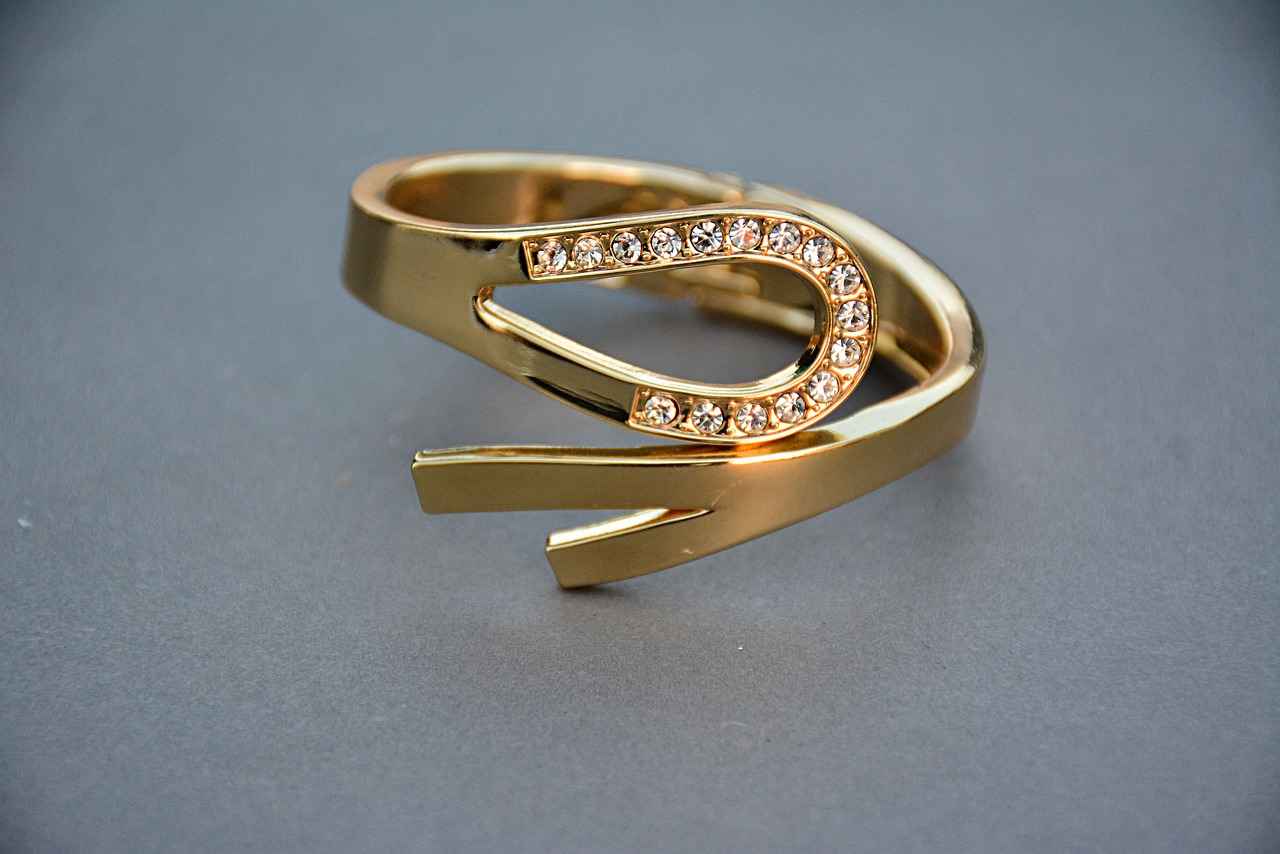
What Environmental Factors Affect Jewelry Storage?
Jewelry is not just an accessory; it is often a significant investment that requires careful preservation. One of the most critical aspects of maintaining the beauty and value of your jewelry is understanding the environmental factors that can affect its storage. This section delves into the three primary elements: humidity, temperature, and light exposure, and offers practical tips on how to manage these factors effectively.
- Humidity: High humidity levels can lead to tarnishing and corrosion, particularly for silver and other metals. To combat this, aim to store your jewelry in a climate-controlled environment. Using silica gel packets in your jewelry box can help absorb excess moisture. Additionally, consider using a dehumidifier in areas prone to high humidity.
- Temperature: Extreme temperatures can negatively impact jewelry materials. For instance, heat can cause gemstones to crack or fade, while cold can make metals brittle. Ideally, jewelry should be stored in a cool, dry place. Avoid attics or basements where temperature fluctuations are common. A temperature range of 60°F to 75°F is generally considered optimal for jewelry storage.
- Light Exposure: Prolonged exposure to sunlight can lead to fading of gemstones and damage to certain materials. To protect your jewelry, store it in a dark place or use jewelry boxes with opaque lids. If displaying jewelry, consider using UV-protective glass to mitigate light damage.
In addition to these factors, it’s essential to regularly inspect your jewelry. Look for signs of wear and tear, such as discoloration or loose stones, which can indicate environmental damage. By understanding how humidity, temperature, and light exposure affect your jewelry, you can take proactive steps to ensure its longevity and investment value.
Implementing these strategies will not only protect your jewelry but also enhance its aesthetic appeal over time. Remember, the goal is to create a stable environment that minimizes risks and maximizes the beauty of your cherished pieces.
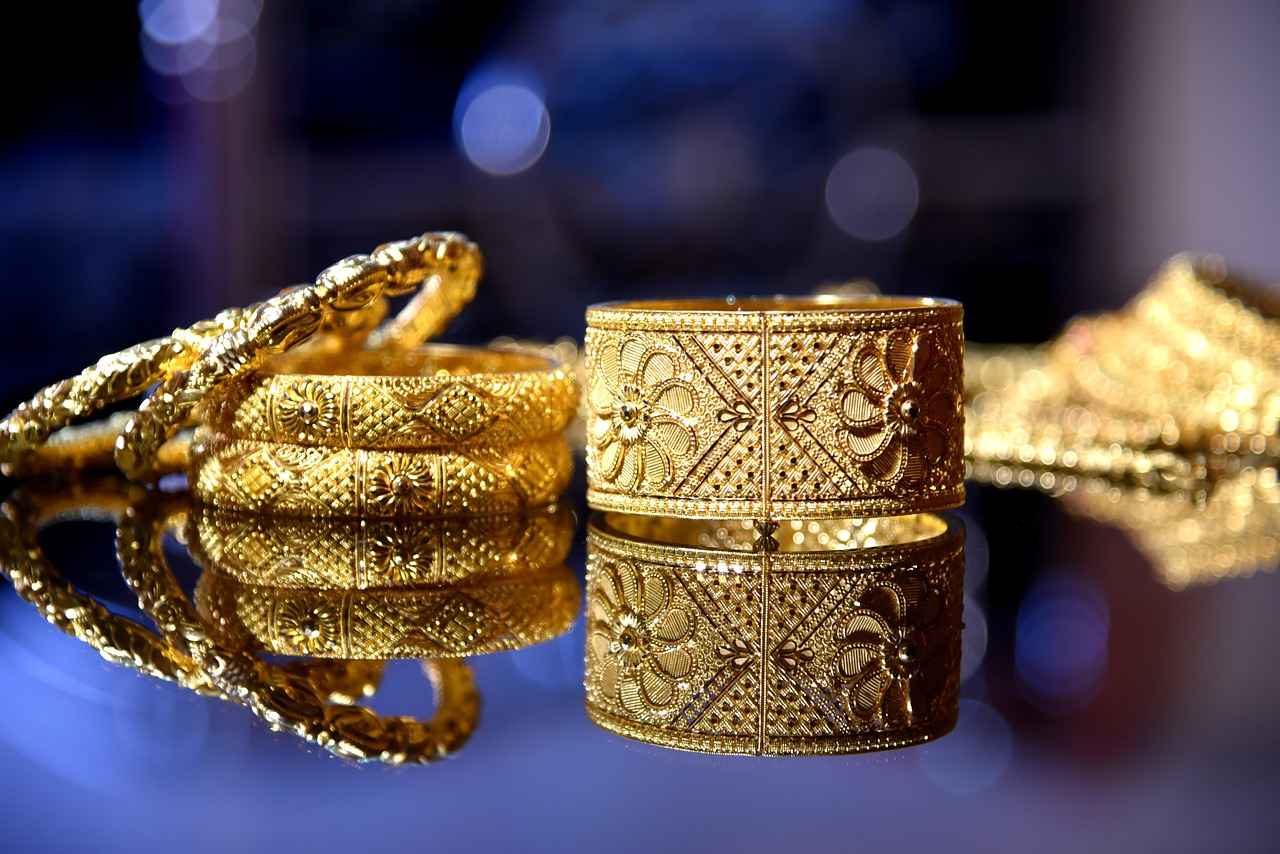
How to Maintain Jewelry After Storage?
Maintaining jewelry after storage is crucial to ensure that your treasured pieces remain in pristine condition. Proper care not only enhances their beauty but also preserves their investment value. In this section, we will explore effective tips for cleaning and inspecting your jewelry, ensuring it stands the test of time.
Regular maintenance is vital as it helps to prevent tarnishing, scratching, and other forms of damage. Many factors can affect the condition of your jewelry, including:
- Environmental Conditions: Humidity and temperature can lead to tarnishing.
- Wear and Tear: Daily wear can result in scratches and loose stones.
- Storage Practices: Improper storage can cause items to tangle or rub against each other.
Cleaning your jewelry is the first step in maintaining its appearance and integrity. Here are some practical tips:
- Use a Soft Cloth: Regularly wipe your jewelry with a soft, lint-free cloth to remove dirt and oils.
- Gentle Soap Solution: For deeper cleaning, mix a few drops of mild soap with warm water. Soak the jewelry for a few minutes, then gently scrub with a soft brush.
- Avoid Harsh Chemicals: Steer clear of bleach or ammonia, as these can damage metals and stones.
Regular inspections can help you catch potential issues before they escalate. Here’s what to check:
- Loose Stones: Gently tap stones to see if they move. If they do, it’s time to consult a professional.
- Clasp Functionality: Ensure that clasps on necklaces and bracelets are secure and functioning properly.
- Signs of Wear: Look for scratches, dents, or discoloration that may need attention.
After cleaning and inspecting, proper storage is crucial. Consider the following:
- Individual Storage: Store pieces separately to avoid scratches and tangling. Use soft pouches or compartments in jewelry boxes.
- Anti-Tarnish Solutions: Incorporate anti-tarnish strips or bags in your storage to keep your silver and gold pieces shiny.
- Controlled Environment: Store jewelry in a cool, dry place away from direct sunlight to prevent fading and damage.
If you notice significant damage or if your jewelry requires a thorough cleaning beyond your capabilities, it’s advisable to seek professional help. Jewelers can offer services such as:
- Stone Resetting: Ensuring that loose stones are securely placed.
- Polishing: Restoring shine to dull or scratched pieces.
- Repairing Damage: Fixing broken clasps or bent rings.
In conclusion, maintaining jewelry after storage involves a combination of regular cleaning, thorough inspections, and proper storage practices. By following these guidelines, you can ensure that your jewelry remains beautiful and retains its value over the years.
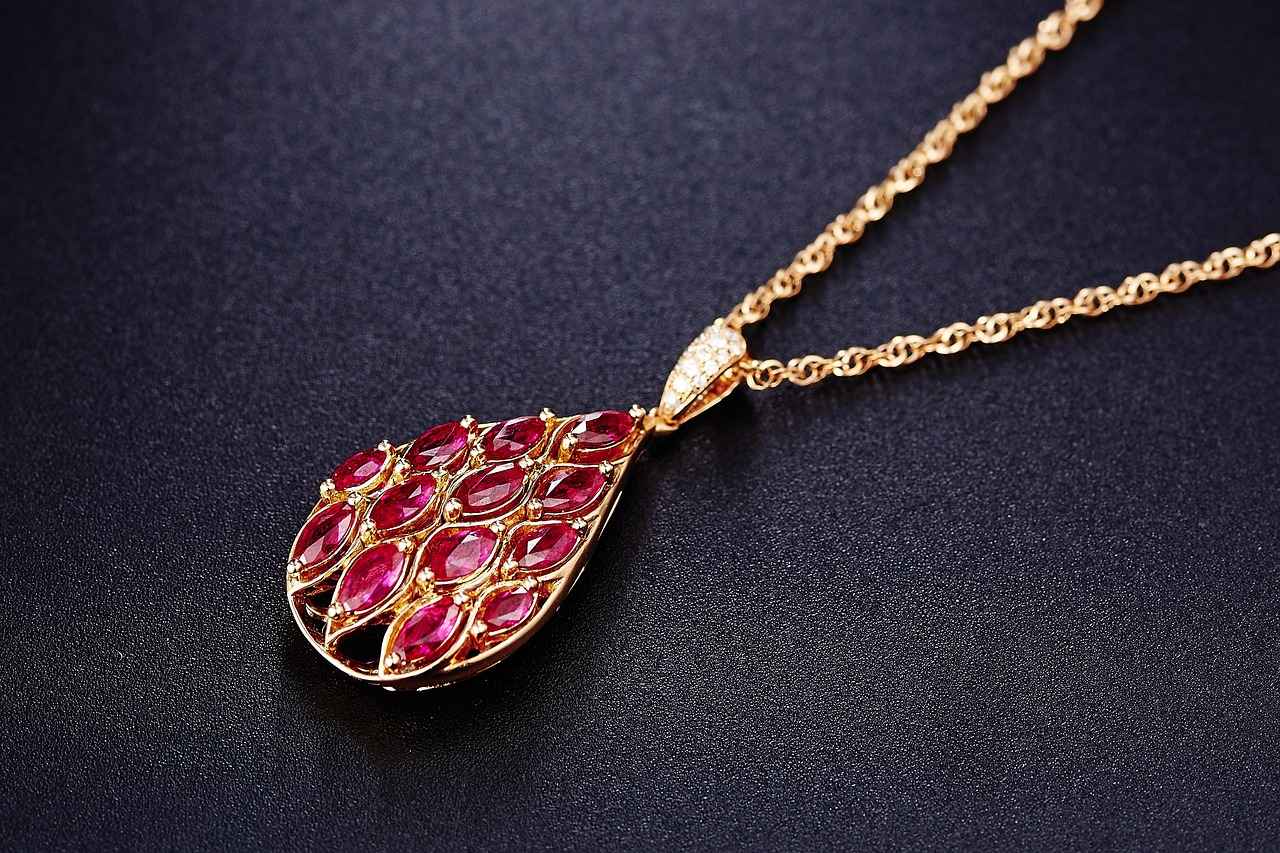
When to Seek Professional Help for Jewelry Care?
Jewelry is not just an accessory; it is often a significant investment that holds sentimental value. Understanding when to seek professional help for jewelry care can save you from costly repairs and preserve the integrity of your pieces. This section highlights key signs that indicate your jewelry may need expert attention.
- Visible Damage: If you notice cracks, chips, or worn-out settings on your jewelry, it’s time to consult a professional. These visible damages can worsen if not addressed promptly.
- Tarnishing and Discoloration: For silver and gold jewelry, tarnishing is a common issue. If cleaning at home doesn’t restore its shine, a professional can provide deep cleaning and polishing.
- Loose Stones: If you feel a stone moving in its setting or notice it is no longer secure, seek professional help immediately. Loose stones can easily fall out and be lost forever.
- Broken Clasps or Chains: A broken clasp can lead to the loss of your jewelry. An expert can repair or replace it, ensuring your pieces stay safe and secure.
- Changes in Fit: If rings or bracelets feel too tight or too loose, a jeweler can resize them appropriately. This ensures comfort and prevents potential damage.
- Frequent Wear and Tear: If you wear your jewelry daily, consider having it inspected regularly. A professional can check for signs of wear that you might overlook.
Consulting a professional for jewelry care is essential for several reasons. First, experts have the necessary tools and experience to handle delicate pieces without causing further damage. They can also provide restoration services that maintain the value of your jewelry. Regular maintenance by a professional can help identify potential issues before they become serious, saving you time and money in the long run.
When seeking professional help, it’s crucial to find a qualified jeweler. Look for professionals with certifications from recognized organizations, such as the Gemological Institute of America (GIA). Reading reviews and asking for recommendations can also guide you to reputable experts in your area.
During an inspection, a professional will assess your jewelry for any signs of damage, wear, or needed repairs. They may also clean your pieces using specialized equipment that is not available for home use. After the inspection, they will provide you with a detailed report on the condition of your jewelry and recommend necessary actions.
The frequency of professional consultations depends on how often you wear your jewelry and its overall condition. For pieces worn daily, consider scheduling a professional inspection at least once a year. For less frequently worn items, a check-up every couple of years may suffice.
By recognizing the signs that indicate the need for professional help and understanding the importance of regular maintenance, you can ensure that your jewelry remains in excellent condition for years to come. Taking these steps not only preserves the beauty of your pieces but also protects your investment.
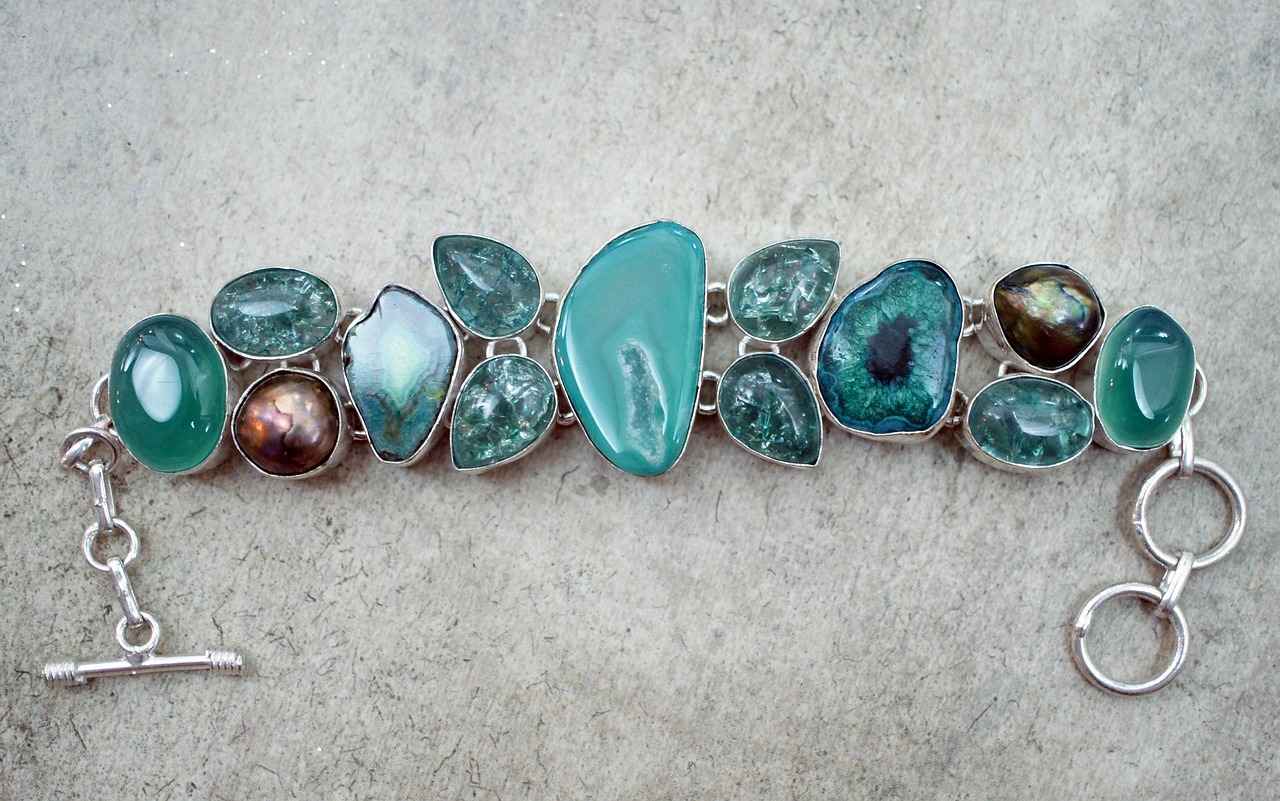
What Are Common Mistakes in Jewelry Storage?
Proper jewelry storage is essential for maintaining the beauty and value of your precious items. Unfortunately, many individuals unknowingly make mistakes that can lead to damage or loss. In this section, we will identify common pitfalls in jewelry storage and provide practical tips on how to avoid them, ensuring your collection remains in optimal condition.
- Mixing Different Types of Jewelry
- Ignoring Environmental Factors
- Using Improper Storage Materials
- Neglecting Regular Maintenance
- Overstuffing Storage Solutions
- Using Non-Jewelry Storage Options
- Not Securing Loose Parts
One of the most frequent mistakes is storing all types of jewelry together. Rings, necklaces, and bracelets can easily scratch or tangle with each other. To prevent this, consider using individual compartments or soft pouches for each type of jewelry.
Humidity, temperature, and light exposure can significantly affect your jewelry. High humidity can lead to tarnishing, while direct sunlight can fade gemstones. Always store your jewelry in a cool, dry place away from direct light to maintain its integrity.
Not all storage materials are created equal. For instance, plastic can cause tarnishing in silver jewelry. Opt for anti-tarnish cloths or jewelry boxes lined with soft fabric to ensure your pieces are well protected.
Failing to clean your jewelry before storing it can lead to the buildup of dirt and oils, which can damage the surface over time. Make it a habit to clean your pieces regularly and inspect them for any signs of damage.
Piling too many pieces into one container can cause scratches and tangles. Ensure that your storage solutions have enough space to accommodate each item without crowding. This will help maintain their condition and make it easier to find what you need.
While it may be tempting to use a regular drawer or box for storage, these options often lack the necessary protection. Invest in a dedicated jewelry box or organizer that offers compartments and soft linings to keep your items safe.
Items like earrings or pendants with removable parts can easily get lost if not stored properly. Use small containers or zip-lock bags to keep these pieces together and secure.
By being aware of these common mistakes and implementing the suggested strategies, you can significantly enhance the longevity of your jewelry. Proper care and storage not only preserve the aesthetic appeal of your pieces but also protect your investment for years to come.
Frequently Asked Questions
- How can I prevent my jewelry from tarnishing?
To prevent tarnishing, store your jewelry in anti-tarnish pouches or boxes. Keeping pieces clean and dry, and using anti-tarnish solutions can also help maintain their shine.
- What is the best way to store necklaces to avoid tangling?
Use a jewelry organizer with hooks or a dedicated necklace box to keep chains separated. Alternatively, you can thread them through straws to prevent knots!
- Should I store my jewelry in a bathroom?
It’s best to avoid storing jewelry in the bathroom due to high humidity. Instead, opt for a cool, dry place to keep your treasures safe from moisture damage.
- How often should I clean my jewelry?
Cleaning your jewelry every few months is ideal. Regular inspections can help catch any potential issues before they become serious problems.
- When should I consult a professional for jewelry care?
If you notice loose stones, significant tarnishing, or any other damage, it’s time to seek professional help. They can provide the expertise needed to restore your jewelry.

